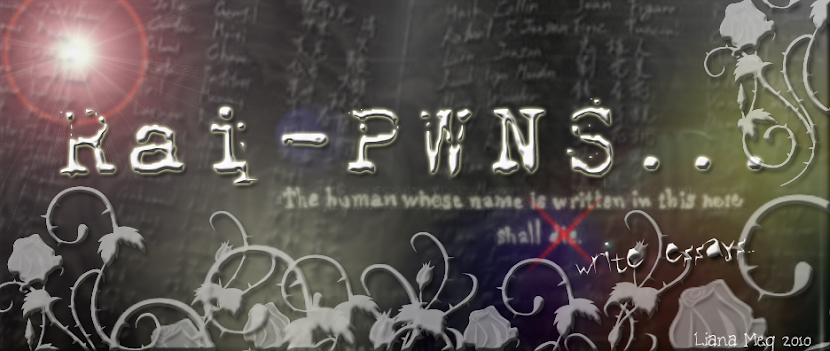Animation is a photographic technique that creates an illusion that inanimate objects are moving. Each photo or drawing is shown to have a slightly different position in each frame. The drawings are photographed frame-by-frame and is projected at a speed of 24 frames per second for sound animation. If silent, then a total of 16 frames per second.
The range of illusionistic possibilities is more complex and difficult to grasp. It includes effects, actions and movements that cannot be achieved in live-action films such as actions that seemingly contradict the laws of nature like “wizadry”, people walking and fighting on air, and even reassembling oneself after getting chopped into pieces. Even more so for animating lifeless objects like how cutlery and silverware dance across a dining table, or how plastic soldiers engage in battle by theirselves, and how pens write on their own. This kind of freedom of expression can only be achieved in animation. According to a pioneer animator Max Fleischer, “If it can be done in real life, it's not good animation.”
Animation (1991). In Collier's Encyclopedia (vol. 2, p. 255). Maxwell MacMillan International Publishing Group

No comments:
Post a Comment